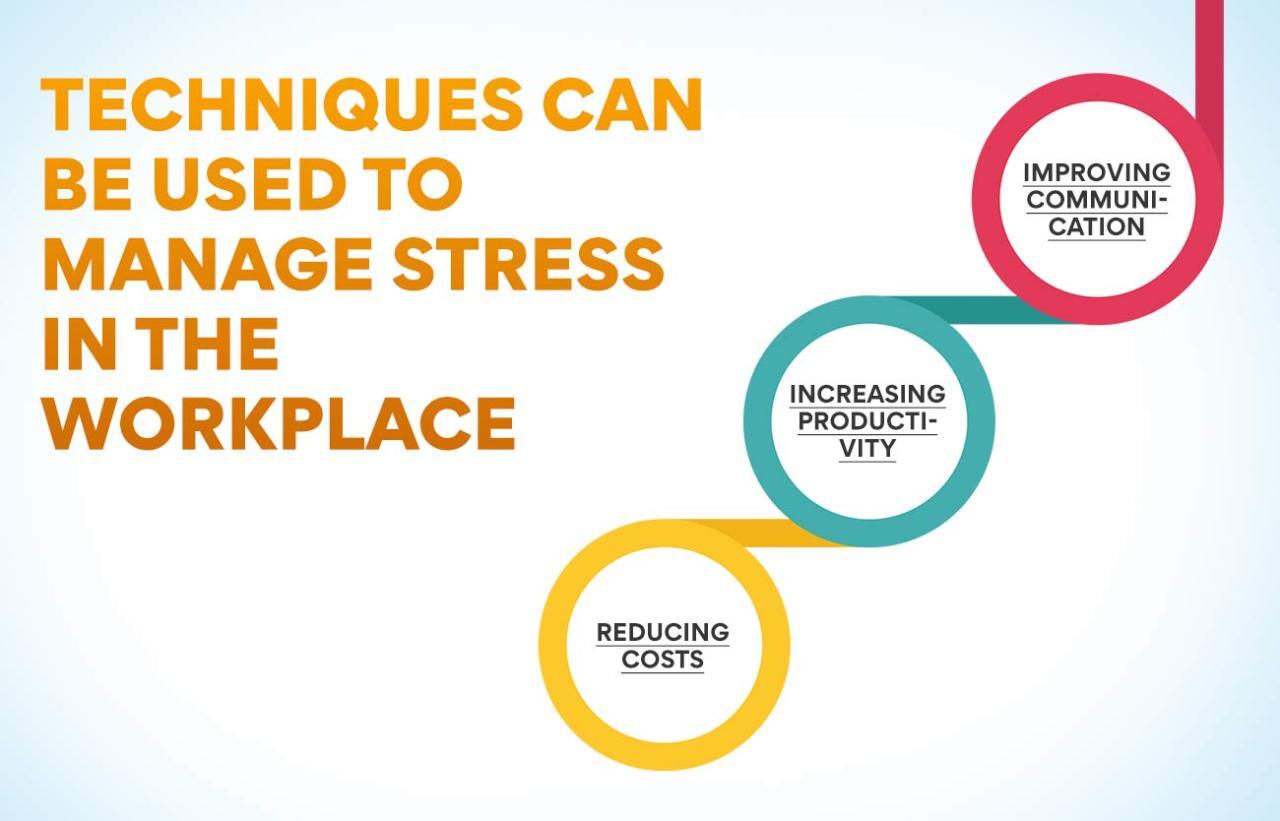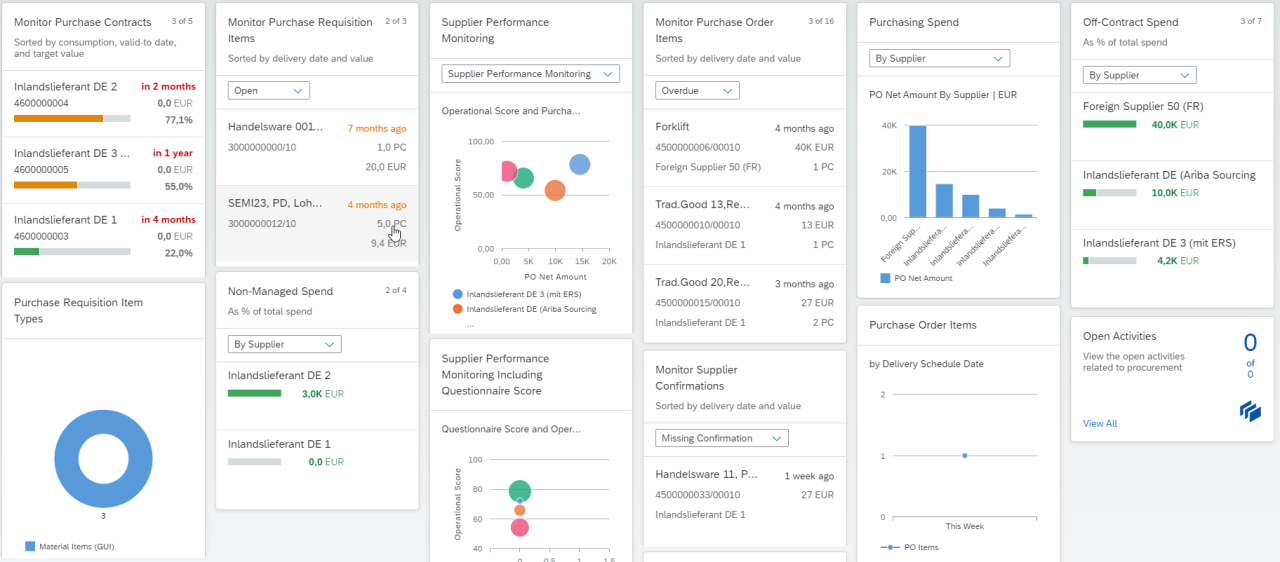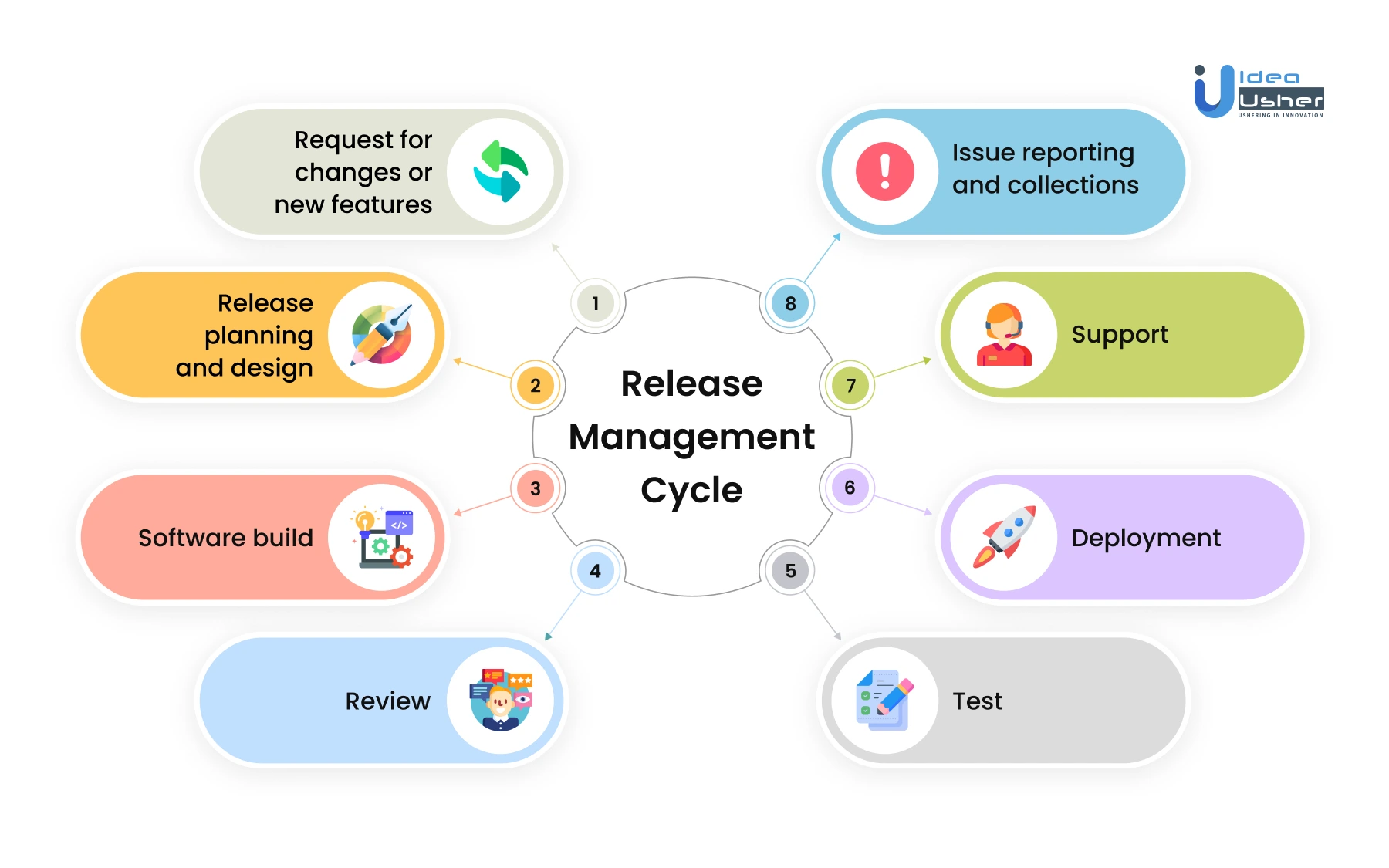Managing multiple freelance projects simultaneously can be a demanding but rewarding experience. This guide dives deep into the essential strategies for successful project management, time optimization, client communication, and organization, empowering freelancers to navigate the complexities of juggling multiple engagements effectively. It explores fundamental project management principles, time management techniques, and the crucial role of communication and collaboration in achieving optimal results.
From defining clear project scopes and deliverables to utilizing effective communication channels and leveraging the right tools, this guide offers actionable insights and practical advice for streamlining your workflow and avoiding burnout. We’ll also discuss how to adapt to unexpected challenges and maintain a healthy work-life balance while managing multiple projects.
Project Management Fundamentals

Effective project management is crucial for freelancers juggling multiple projects. A well-structured approach ensures timely completion, client satisfaction, and financial stability. This section Artikels fundamental project management principles, highlighting their application to the freelance environment.
Project Scope and Deliverables
Clearly defined project scopes and deliverables are essential for successful project management. Ambiguity can lead to scope creep, cost overruns, and ultimately, dissatisfaction for both the freelancer and the client. A comprehensive scope statement should Artikel the project’s objectives, tasks, and expected outcomes. Deliverables, the tangible outputs of a project, should be meticulously documented, including specific details about their format, quality standards, and deadlines.
This clarity allows for efficient resource allocation and ensures alignment between the freelancer and the client.
Project Timelines and Deadlines
Project timelines and deadlines are critical components of effective project management. They provide a structured framework for completing tasks and ensure timely project delivery. A realistic timeline, based on accurate estimations of task durations, is essential. Deadlines should be communicated clearly to all stakeholders, with contingency plans for potential delays factored in. This proactive approach minimizes the risk of missed deadlines and maintains a positive working relationship with clients.
Project Management Methodologies
Various project management methodologies are available for freelancers. Understanding and applying these methodologies can significantly improve project organization and efficiency. Agile methodologies, known for their iterative and adaptive nature, are particularly well-suited for freelance work. They allow for flexibility in response to changing requirements, enabling rapid adjustments and continuous improvement. Waterfall methodologies, characterized by sequential phases, are also viable options, especially for projects with well-defined deliverables.
Project Management Table Template
| Project Name | Client | Description | Deadline | Assigned Resources |
|---|---|---|---|---|
| Website Redesign | Acme Corporation | Redesign the existing company website, including updating the layout, content, and functionality. | 2024-10-31 | Designer, Developer, Project Manager |
| Social Media Campaign | Beta Solutions | Develop and implement a social media campaign to increase brand awareness and engagement. | 2024-11-15 | Social Media Manager, Content Writer, Graphic Designer |
| Content Marketing Strategy | Gamma Technologies | Develop a comprehensive content marketing strategy to attract new customers. | 2024-12-05 | Content Strategist, Writer, Specialist |
This table provides a structured template for managing multiple freelance projects. It enables efficient tracking of projects, clients, descriptions, deadlines, and assigned resources. By using such a template, freelancers can maintain an overview of their workload and stay organized.
Time Management Strategies
Effective time management is crucial for successfully juggling multiple freelance projects. It involves prioritizing tasks, allocating time efficiently, and maintaining focus to prevent burnout and deliver high-quality work. This section delves into key strategies for optimizing your time management process.Time management is not just about working longer hours; it’s about working smarter and more strategically. By implementing these techniques, you can effectively manage your time and resources, ensuring timely completion of projects and maintaining a healthy work-life balance.
Time Blocking Techniques
Time blocking is a powerful technique for allocating specific time slots for different tasks and projects. This structured approach allows for better focus and prevents tasks from overlapping or consuming more time than anticipated. By scheduling dedicated blocks of time for specific activities, you can effectively manage your time and avoid distractions. For example, setting aside two hours each morning for client communication and project management tasks helps maintain a consistent workflow.
This technique allows for a clear schedule and ensures that important tasks receive the attention they deserve.
Prioritization Techniques
Prioritizing tasks and projects is essential for focusing on the most critical items first. A common approach is to use the Eisenhower Matrix, which categorizes tasks based on urgency and importance. This matrix helps identify tasks that require immediate attention (urgent and important), tasks that can be scheduled (important but not urgent), tasks that can be delegated or eliminated (urgent but not important), and tasks that can be safely removed (neither urgent nor important).
Prioritizing tasks allows for better allocation of time and energy, leading to more efficient project management.
Procrastination Avoidance and Focus
Procrastination is a common obstacle in managing multiple projects. Developing strategies to combat procrastination and maintain focus is vital. Techniques like the Pomodoro Technique, which involves working in focused intervals followed by short breaks, can help maintain concentration and productivity. Another method is to break down large tasks into smaller, more manageable steps. This approach allows for a sense of accomplishment and prevents feeling overwhelmed by the overall project.
Creating a dedicated workspace free from distractions can also help improve focus and productivity.
Daily/Weekly Routines
Establishing daily and weekly routines is vital for managing multiple projects effectively. These routines should include time for planning, project management, communication, and dedicated work sessions. By establishing a consistent routine, you create a predictable schedule that allows for more efficient task management. Routines allow you to maintain a consistent workflow, which leads to improved productivity and timely project delivery.
Comparison of Time Management Tools
| Tool | Strengths | Weaknesses |
|---|---|---|
| Toggl Track | Excellent for tracking time spent on tasks and projects, detailed reports, integrates with other tools. | Can be more complex to set up and use compared to simpler tools. |
| Asana | Versatile project management tool with task assignment, deadlines, and collaboration features. | Might not be ideal solely for time tracking if detailed time tracking isn’t a core need. |
| Trello | Visually engaging, simple to use, good for collaboration and project organization. | Limited time tracking features compared to dedicated time management tools. |
| Google Calendar | Free, readily available, simple scheduling and reminders. | Limited project management features, less suitable for complex projects. |
This table provides a basic comparison of popular time management tools. The best tool will depend on your specific needs and the complexity of your projects.
Client Communication and Collaboration

Effective communication is paramount when managing multiple freelance projects. Maintaining clear lines of communication with clients, regardless of the project volume, is crucial for successful project delivery and building strong client relationships. This section focuses on strategies for managing client expectations and fostering collaborative environments that facilitate smooth project progression.Successful freelance work relies heavily on consistent and transparent communication with clients.
This approach ensures alignment on project goals, minimizes misunderstandings, and ultimately leads to client satisfaction. Implementing proactive communication methods and utilizing appropriate tools significantly contributes to project success.
Effective Communication Strategies
Clear communication strategies are essential for managing multiple clients. These strategies should ensure that clients understand project timelines, deliverables, and any potential roadblocks. Regular updates and proactive communication help manage expectations and prevent delays or misunderstandings.
Setting Clear Expectations
Establishing clear expectations from the outset is vital for maintaining a smooth workflow. This involves outlining project scope, deliverables, timelines, and communication frequency in a formal agreement or project proposal. A well-defined agreement serves as a reference point for all parties involved, reducing the likelihood of disputes. For example, a project proposal could specify that weekly progress reports will be sent to the client.
This ensures transparency and allows the client to stay informed about the project’s progress.
Maintaining Consistent Communication
Maintaining consistent communication with multiple clients requires a structured approach. A dedicated communication schedule, whether daily, weekly, or bi-weekly, is essential for staying on top of each project. Using project management tools and scheduling regular check-ins with each client helps streamline the communication process. Utilizing different communication channels, such as email, phone calls, and instant messaging, allows for diverse client preferences and ensures crucial information is conveyed effectively.
Managing Client Expectations
Managing client expectations, particularly when juggling multiple projects, is a key skill. Clearly communicating project timelines, potential delays, and any changes to the scope of work is crucial. Proactive communication regarding potential issues allows for a collaborative resolution. For example, if a project encounters unexpected complications, informing the client promptly and offering alternative solutions demonstrates professionalism and builds trust.
Be transparent about the situation, and involve the client in finding a solution that works for everyone.
Communication Tools and Platforms
Numerous tools and platforms can facilitate communication with multiple clients. Project management software, such as Asana or Trello, allows for centralized communication, task assignments, and progress tracking. Dedicated client portals provide a secure space for file sharing, communication, and document management. For example, using a client portal can allow for the secure sharing of sensitive documents, while also keeping a complete record of all communication.
Communication Channels and Use Cases
| Communication Channel | Appropriate Use Case |
|---|---|
| Formal announcements, project updates, confirmations, and detailed explanations. | |
| Phone Call | Addressing urgent concerns, resolving conflicts, and clarifying complex issues. |
| Instant Messaging (Slack, WhatsApp) | Quick updates, questions, and discussions on specific tasks or aspects of a project. |
| Video Conferencing (Zoom, Google Meet) | Team meetings, client presentations, or collaborative brainstorming sessions. |
| Project Management Software (Asana, Trello) | Centralized task management, progress tracking, and communication about project milestones. |
Task Delegation and Outsourcing

Effective project management often involves strategically delegating tasks to optimize efficiency and free up valuable time. This approach is crucial, especially when managing multiple freelance projects simultaneously. Delegation allows for a more balanced workload, enabling you to focus on higher-level tasks and client interactions while ensuring the project’s timely completion. Outsourcing specific tasks can further streamline operations, enabling access to specialized skills and expertise.Delegating tasks effectively is a key skill for managing multiple projects.
It involves identifying suitable tasks for delegation, selecting appropriate individuals or resources, and establishing clear communication channels to ensure seamless execution. Outsourcing, a form of delegation, can expand the scope of tasks manageable within a project, particularly when dealing with specialized skills or high volumes of work.
When and How to Delegate Tasks
Delegating tasks should occur when a project involves multiple facets requiring specific skills or when your time is better allocated elsewhere. Prioritize tasks that can be completed independently with minimal supervision. Clearly define responsibilities, deadlines, and expectations for each delegated task. Establish clear communication channels, including regular check-ins, to monitor progress and address any issues promptly. Using project management tools can help streamline communication and track progress.
Factors to Consider When Deciding to Outsource
Deciding whether to outsource a task involves weighing various factors. Consider the complexity of the task, the required expertise, the availability of internal resources, the cost of outsourcing versus in-house completion, and the potential impact on project timelines. Project scope and urgency are also critical factors. If a task is critical to project success but requires a unique skillset or a specialized process, outsourcing may be a more efficient option than seeking an internal resource.
Different Outsourcing Models and Their Suitability
Various outsourcing models exist, each with its own advantages and disadvantages. Fixed-price contracts offer clarity on costs, while time and materials contracts provide flexibility for tasks of variable scope. Dedicated teams, where a dedicated group of specialists handles all project-related tasks, can prove efficient for complex projects. Staff augmentation, where external talent is integrated into your team, can enhance your team’s capabilities without the overhead of full-time employment.
The most suitable model depends on the nature of the project, its timeline, and budget.
Outsourcing Models and Suitability Table
| Outsourcing Model | Description | Suitability |
|---|---|---|
| Fixed-price | Pre-determined cost for a specific task | Suitable for tasks with clear specifications and defined scope |
| Time and Materials | Cost based on time spent and materials used | Suitable for tasks with uncertain scope or evolving requirements |
| Dedicated Teams | External team focused on project execution | Suitable for complex projects requiring specialized skills and sustained effort |
| Staff Augmentation | Temporary or long-term addition of external talent to your team | Suitable for projects needing specific skillsets or capacity boosts |
Benefits and Drawbacks of Delegating to Freelancers/Virtual Assistants
Delegating tasks to freelancers or virtual assistants can yield significant benefits, such as access to specialized skills, reduced overhead costs, and increased project capacity. However, potential drawbacks include potential communication barriers, variations in quality, and challenges in maintaining consistent project standards. Effective communication and clear project guidelines are crucial to mitigate these issues.
Pros and Cons of Different Task Delegation Methods
| Task Delegation Method | Pros | Cons |
|---|---|---|
| In-house delegation | Greater control, potentially lower costs | Limited access to specialized skills, potential bottlenecks |
| Freelancer delegation | Access to specialized skills, flexible scheduling | Potential communication barriers, inconsistent quality |
| Virtual Assistant delegation | Hands-on support, potentially higher efficiency | Potential dependence on specific expertise |
| Outsourcing to external agencies | Expertise in specialized areas, potential scalability | Higher costs, potentially less direct control |
Tools and Technologies for Organization
Effective freelance project management relies heavily on the right tools. Selecting and utilizing appropriate software solutions streamlines workflow, enhances communication, and promotes efficient time management, ultimately leading to successful project delivery. This section will delve into various project management and task management software options, highlighting their key features and functionalities for managing multiple projects simultaneously.
Project Management Software for Freelance Use
Project management software provides a centralized platform for managing tasks, deadlines, and communication across multiple projects. Choosing the right software is crucial for freelance professionals to maintain organization and meet client expectations. Popular options include Trello, Monday.com, and Asana, each with unique features tailored to different workflows.
Features and Functionalities for Managing Multiple Projects
These platforms offer features designed for handling the complexities of managing multiple projects. Features such as task assignment, progress tracking, deadline reminders, and collaborative workspaces are crucial for staying organized. Different software solutions cater to varying project scopes and complexity levels. For instance, Asana’s flexible structure allows for complex project breakdowns, while Trello’s visual approach excels at visualizing progress and interdependencies.
Calendar Apps and Task Management Tools
Integrating calendar applications and dedicated task management tools can significantly enhance time scheduling and organization. These tools work in tandem to provide a comprehensive overview of project deadlines, client meetings, and personal appointments. Popular choices include Google Calendar, Outlook Calendar, and dedicated task management apps like Todoist or Any.do. The integration of these tools facilitates seamless scheduling and task prioritization, reducing the likelihood of missed deadlines.
Benefits and Drawbacks of Using Multiple Tools
Utilizing multiple tools for managing multiple projects can offer significant advantages. However, it’s important to consider the potential drawbacks. A centralized system can streamline project management by providing a unified view of all tasks and deadlines. However, managing multiple platforms can introduce complexity, potentially leading to inconsistencies in data or overlapping functionalities.
Comparison of Project Management Software
| Feature | Trello | Monday.com | Asana |
|---|---|---|---|
| Visual Approach | Strong visual cards and boards | Intuitive visual interface with customizable dashboards | Flexible structure with task lists and dependencies |
| Collaboration Tools | Simple comment features on cards | Robust communication features within projects | Built-in communication tools for team members |
| Task Management | Effective for simple tasks and projects | Versatile for managing complex tasks and workflows | Excellent for detailed project breakdowns and tasks |
| Pricing | Offers various tiers including free | Flexible pricing plans, including tiered options | Subscription-based plans with varying features |
This table provides a comparative overview of popular project management software options, highlighting key features for effective freelance project management. Each platform has its strengths and weaknesses, and the best choice depends on individual project requirements and preferences. For instance, Trello’s visual approach may be ideal for straightforward projects, while Monday.com’s flexibility might be better suited for complex, multifaceted projects.
Avoiding Burnout and Maintaining Work-Life Balance
Managing multiple freelance projects requires meticulous planning and execution. However, the crucial element often overlooked is the importance of self-care and work-life balance. Without these, burnout can quickly become a significant obstacle, hindering productivity and overall well-being. Prioritizing these aspects is essential for long-term success and fulfillment.Sustaining a healthy work-life balance is paramount when juggling multiple freelance projects.
This involves actively establishing clear boundaries between work and personal time to prevent work from encroaching on personal life and vice versa. Strategies for recognizing and preventing burnout, coupled with self-care practices, are critical for maintaining well-being. Implementing these strategies empowers freelancers to sustain productivity and fulfillment.
Establishing Boundaries Between Work and Personal Life
Effective time management is crucial in maintaining a healthy work-life balance. This involves setting clear boundaries between work hours and personal time, ensuring dedicated time for both. Explicitly defining working hours and adhering to them helps create a clear separation. This structure also contributes to a healthier work environment.
Recognizing and Preventing Burnout
Burnout is a serious issue for freelancers managing multiple projects. Recognizing the early warning signs is crucial. These signs include feelings of exhaustion, cynicism, and reduced efficacy. Monitoring stress levels and actively seeking ways to manage them is vital. Addressing stress through mindfulness techniques and taking regular breaks is essential to prevent burnout.
Self-Care Practices for Maintaining Well-being
Self-care is essential for maintaining well-being. This encompasses a wide range of activities designed to promote physical, mental, and emotional well-being. Incorporating these practices into the daily routine is essential. Self-care is not a luxury; it’s a necessity for sustained well-being. Regular exercise, a balanced diet, and sufficient sleep are fundamental.
- Mindfulness and Meditation: Practicing mindfulness and meditation techniques can help manage stress and improve focus. This can lead to increased awareness of emotions and better stress management. Regular practice can enhance emotional regulation, fostering resilience in the face of demanding projects.
- Regular Exercise: Physical activity is a powerful stress reliever. Even a short walk or a quick workout can significantly improve mood and energy levels. Physical well-being contributes to a more positive outlook on work and personal life.
- Healthy Diet and Hydration: A nutritious diet and adequate hydration are crucial for maintaining energy levels and focus. This contributes to a more positive outlook on work and personal life.
Benefits of Breaks and Downtime
Incorporating breaks and downtime into the daily and weekly routine is essential for preventing burnout and maintaining focus. Breaks allow for mental rejuvenation, preventing mental fatigue. Short breaks throughout the workday can boost productivity and prevent mental fatigue. Scheduling dedicated downtime for personal activities helps maintain a healthy work-life balance.
Table of Self-Care Strategies and Benefits
| Self-Care Strategy | Benefits for Maintaining Work-Life Balance |
|---|---|
| Mindfulness and Meditation | Improved stress management, enhanced focus, increased emotional regulation |
| Regular Exercise | Stress reduction, improved mood, increased energy levels, physical well-being |
| Healthy Diet and Hydration | Sustained energy levels, improved focus, enhanced physical and mental well-being |
| Dedicated Breaks and Downtime | Mental rejuvenation, prevention of burnout, improved focus, maintenance of work-life balance |
Adapting to Change and Unexpected Issues

Successfully managing multiple freelance projects requires adaptability and a proactive approach to unexpected challenges. This section details strategies for adjusting your workflow and maintaining project momentum when unforeseen problems arise. Understanding how to handle project delays, scope creep, client disagreements, and implementing contingency plans are crucial for maintaining client satisfaction and professional reputation.
Adjusting Workflow for Unexpected Problems
Effective project management involves anticipating potential issues and developing contingency plans. Flexibility is key when dealing with unforeseen circumstances. When unexpected problems arise, immediately assess the situation, identify the root cause, and determine the impact on project timelines and deliverables. Quickly communicate these changes to all stakeholders, including clients and team members (if applicable), to ensure transparency and shared understanding.
Prioritize tasks based on the impact of the issue and allocate resources accordingly. Re-evaluate deadlines and milestones to accommodate the change, ensuring all stakeholders are informed and aligned.
Handling Project Delays and Scope Creep
Project delays and scope creep are common occurrences in freelance projects. Delays can stem from various factors, including unforeseen technical issues, client communication gaps, or resource constraints. To handle delays, assess the cause and impact. Determine if the delay is within your control or external factors. Re-evaluate deadlines, adjusting them realistically while maintaining client communication and transparency.
For scope creep, proactively discuss and document any changes with the client early in the project. Establish clear agreements and project scope, and use project management tools to track and monitor changes. Quantify the impact of the scope change and adjust the budget or timeline accordingly. Example: A client requests significant design changes during the development phase.
The freelancer needs to communicate this to the client, clarifying the implications on the timeline and budget, and negotiate an acceptable solution.
Resolving Conflicts or Disagreements with Clients
Disagreements and conflicts with clients can arise at any point in a project. Maintain professionalism and focus on resolving issues constructively. Listen actively to the client’s concerns, and try to understand their perspective. Clearly articulate your understanding of the problem and suggest possible solutions. Document all communication, including emails and calls, to avoid misinterpretations.
If the conflict persists, consider involving a third party, such as a mediator or project manager, to facilitate a resolution.
Importance of Contingency Planning for Multiple Projects
Contingency planning is essential for managing multiple freelance projects effectively. It involves anticipating potential problems and developing strategies to mitigate their impact. A well-defined contingency plan Artikels alternative approaches and resources for addressing potential setbacks. This proactive approach minimizes disruption and maintains project momentum. For example, a freelancer with multiple projects might establish a buffer time in their schedule to account for unforeseen delays or issues.
Summary Table of Project Challenges and Solutions
| Scenario | Description | Solutions |
|---|---|---|
| Project Delay | Unexpected issues cause project delays. | Re-evaluate deadlines, communicate with client, prioritize tasks, adjust resources. |
| Scope Creep | Client requests changes beyond the initial scope. | Document changes, discuss implications, negotiate revised timelines/budget, use project management tools. |
| Client Conflict | Disagreements arise with clients. | Active listening, clear communication, documentation, possible third-party mediation. |
| Resource Constraints | Lack of necessary resources (e.g., time, personnel, tools). | Prioritize tasks, explore alternative resources, delegate where possible, adjust timelines. |
Ultimate Conclusion

In conclusion, successfully managing multiple freelance projects demands a multifaceted approach. By understanding project management fundamentals, optimizing time management strategies, fostering strong client relationships, and leveraging the right tools, freelancers can thrive in a dynamic environment. This guide has equipped you with the essential knowledge and practical techniques to effectively manage multiple projects, ensuring consistent delivery and client satisfaction.
Remember, consistent effort and proactive strategies are key to success.